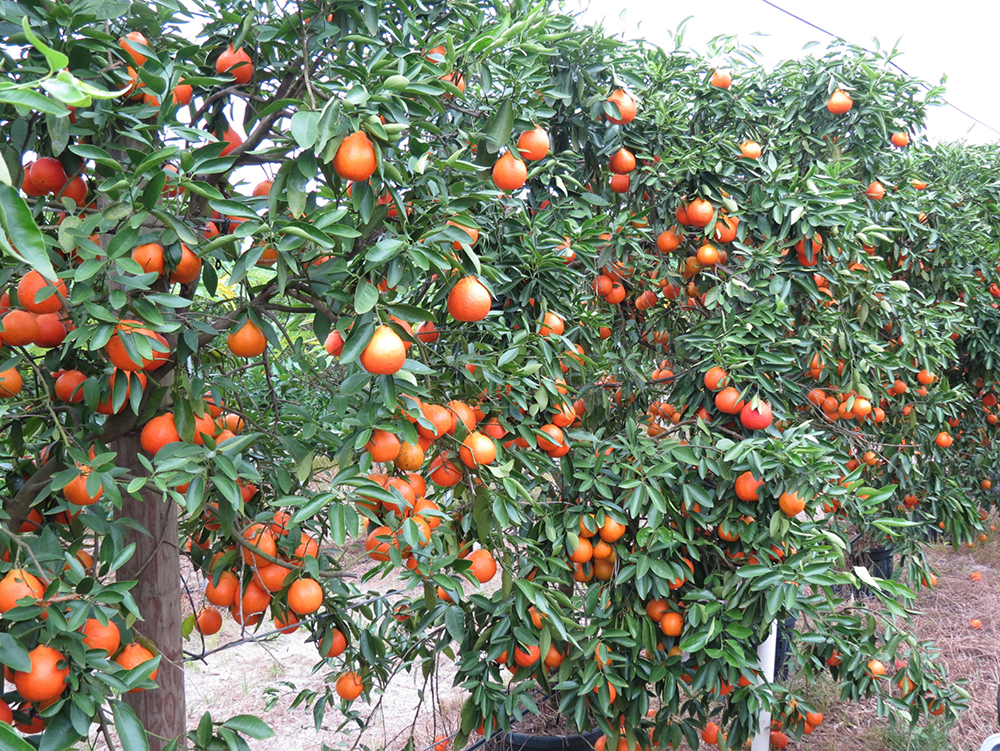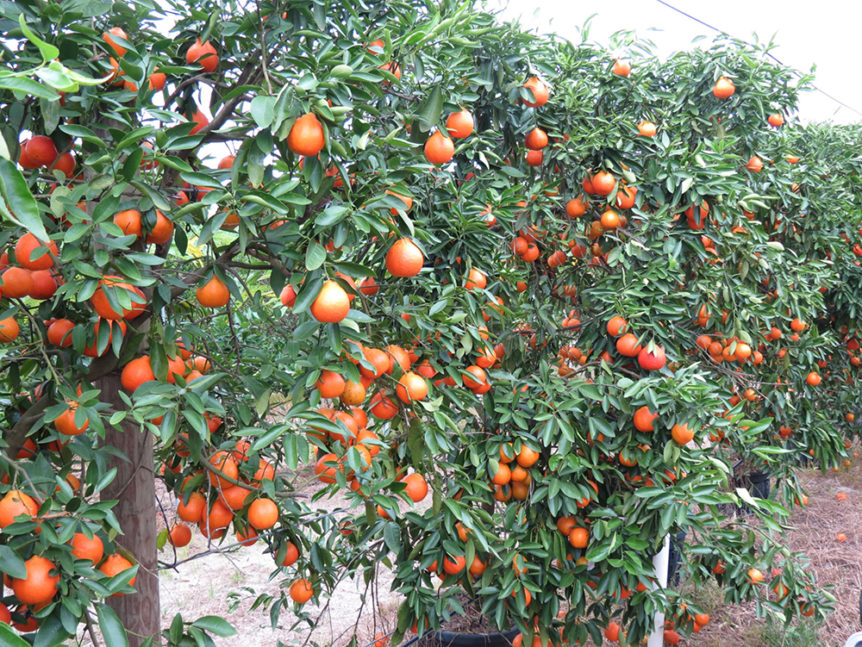
The dream of citrus varieties being totally resistant to huanglongbing (HLB) disease (citrus greening) is still a distant reality for Florida growers. For now, they must depend on tolerant varieties to lessen the disease’s impact, which is widespread throughout most of the state.
Michael Rogers, University of Florida Institute of Food and Agricultural Sciences (UF/IFAS) Citrus Research and Education Center director, discussed the outlook for HLB-resistant varieties at the recent Citrus Health Forum. The event was held at the UF/IFAS North Florida Research and Education Center in Quincy.
“We’re working as fast as we can, and it’s still going to be a number of years before we would ever have something that is truly resistant to HLB,” Rogers said. “It would probably come from a biotech approach. Right now, we do have a number of conventionally bred citrus varieties that show some tolerance to HLB. They perform better. They still get the disease but don’t die as quickly and are able to maintain fruit production for a longer period of time. That will help bridge the gap until we have some resistant varieties.
“Getting a resistant variety through our biotech approach, you’re still probably talking about five or six more years before we’ll know if we have something.”
Tolerant varieties are a result of early research following the onset of HLB in Florida citrus. Sugar Belle mandarin is an example of a variety tolerant to HLB.
“Something that’s tolerant means the HLB-causing bacteria will live inside the plant and reproduce. It’s going to cause disease symptoms. Whereas in a resistant variety, the bacterium is not going to survive in it. With a tolerant variety, the trees will still grow for a period of time. They’ll eventually probably succumb to the disease,” Rogers said.

By Clint Thompson










